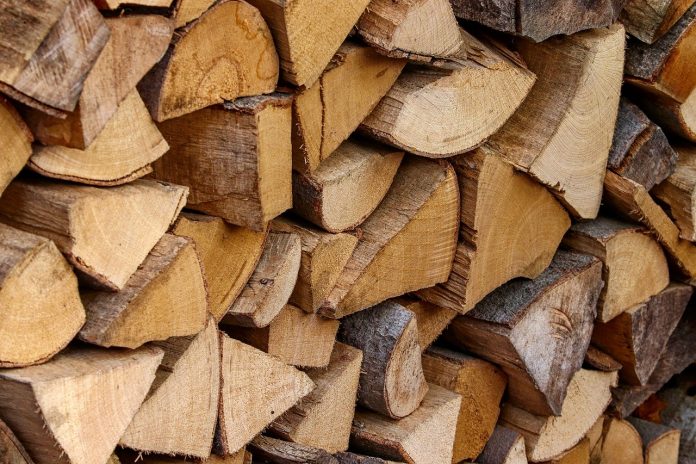My family has spent many weekends splitting, stacking and storing firewood to use during the winter. My first childhood home — a bungalow built in 1925 — relied on wood heat. When my parents upgraded and built a two-story colonial in 2000, the electric furnace in the basement generated the primary source of heat. Although electric heat was a lot less work, it was expensive and the heat wasn’t the same. With nearly 1,300 sq ft more to heat, from the old house to the new house, it always felt cold. So dad decided a wood furnace in the basement would be a good way to supplement the electric furnace while keeping heating costs down.
Whether you rely on or just enjoy the warmth and comfort supplied by a wood-burning stove, preparation starts months in advance with splitting, stacking and storing wood. Some of the trees we cut down, cleared space for our yard or allowed smaller trees more direct sunlight. However, others had to be removed because they were dying or damaged. We always had to be careful with wood from these trees because it was occasionally inhabited by pests.
Nothing can spoil hard work faster than a pest infestation. Learn how to identify insects that commonly inhabit wood and reduce the presence of pests in your firewood.
Common firewood pests
- Wood-boring beetles. Wood-boring beetles lay eggs in wood while its still green and are usually already embedded when firewood is cut. Wood-boring beetles will not attack seasoned wood. Some species include long-horned beetles, flathead beetles, Emerald Ash Borer, Bark beetles and ambrosia beetles.
- Carpenter ants. Carpenter ants will infest wood that has been stacked on the ground for a long period of time or wood that has higher than normal moisture content.
- Termites. Wood stacked on the ground can become infested with termites, having mud tunnels on the outside or tunnels through the inside. Termites accidentally brought inside are not likely to infest structural wood; however, if termites are found in a pile of firewood stacked close to your home, you may want to have your home inspected.
- Other pests. Although wood-boring beetles, carpenter ants and termites are the most prevalent firewood pests, you may also find spiders, small beetles, wood roaches, sowbugs, pillbugs, wasps, other types of ants and small flies. Most of these pests are harmless and will vacate the wood within days of being brought indoors.
Keeping pests out of firewood
- Cut wood in mid to late fall. Wood that has been cut, stacked and left to season over the winter will be less attractive to borers and other pests that emerge in the spring.
- Stack wood away from buildings. Better air circulation promotes a more rapid, thorough drying of wood. A quicker drying process reduces the chances of pest problems. Stacking wood away from buildings also reduces the chance of insect or moisture problems in those buildings. Maintain a minimum of 3 feet between a wood stack and building and 20 feet between a wood stack and your home.
- Stack wood off the ground. Stacking wood off the ground promotes better air circulation and faster drying also. you can stack wood on top of concrete, blocks, bricks or wood pallets.
- Store wood in an area that is dry. Protecting wood from precipitation by covering it with a tarp can help it dry out faster, making it less desirable to pests.
- Never stack firewood indoors. Whether it’s your garage, basement, porch or in your home, stacked firewood in a sheltered area can become a residence for rodents and other wildlife.
- Rotate your wood. By using the oldest, most seasoned wood first and restacking your piles periodically you can more easily recognize and insect problem before it becomes an infestation.
Dealing with pests inside firewood
- Bring wood inside as needed. If your woods does have underdeveloped insect larva inside, introducing it to warmer temperatures can activate it and encourage development inside the wood, allowing them to emerge in your home.
- Don’t store wood near living trees. It’s not a good idea to store firewood near living trees because any pests in your firewood could transfer to the living trees once the firewood dries out too much for survival.
- Remove surface pests. Before bringing wood inside, inspect it and shake off any pests on the surface or that are beginning to emerge.
Don’t promote the spread of foreign pests
When firewood is transported from one area to another it can carry with it unwanted, undetected pests that lie dormant in the winter. If you don’t use all the wood by spring, the first warm-up can cause the insects to crawl out of your stack and begin breeding in a new area. It’s best to purchase firewood locally to avoid spreading foreign pests.
Never apply pesticides to wood
It’s not a good idea to apply chemicals to wood as a form of pest control because harmful fumes can be produced once the wood is burned.












